Innovative Marketing Strategies
The almond milk market in Europe is witnessing a transformation driven by innovative marketing strategies. Brands are increasingly leveraging social media platforms and influencer partnerships to reach a broader audience. This approach appears to resonate particularly well with younger consumers, who are more likely to engage with brands that align with their values. Furthermore, targeted advertising campaigns that highlight the health benefits and versatility of almond milk have contributed to a rise in consumer awareness. As a result, sales in the almond milk market have seen an uptick of around 15% in the past year. This trend suggests that effective marketing can significantly influence consumer choices and drive growth in the almond milk market.
Rising Veganism and Plant-Based Diets
The almond milk market in Europe experiences a notable boost due to the increasing adoption of veganism and plant-based diets. As consumers become more health-conscious, they seek alternatives to dairy products, which has led to a surge in demand for almond milk. Recent data indicates that the plant-based milk segment, including almond milk, has grown by approximately 20% in the last year alone. This shift is not merely a trend but appears to be a fundamental change in dietary preferences, with many consumers opting for almond milk as a staple in their diets. The almond milk market is thus positioned to benefit from this growing demographic, which values ethical consumption and health benefits associated with plant-based products.
Increased Availability in Retail Channels
The almond milk market benefits from increased availability across various retail channels in Europe. Supermarkets, health food stores, and online platforms are expanding their offerings of almond milk products, making them more accessible to consumers. This trend is particularly evident in urban areas, where the demand for plant-based alternatives is on the rise. Recent statistics show that almond milk sales in retail outlets have increased by approximately 30% over the past year. The convenience of purchasing almond milk through multiple channels, including e-commerce, is likely to enhance consumer adoption. As retailers continue to recognize the potential of the almond milk market, the availability of these products is expected to grow, further driving market expansion.
Diverse Product Offerings and Flavor Innovations
The almond milk market is evolving with the introduction of diverse product offerings and flavor innovations. Manufacturers are expanding their portfolios to include flavored almond milk options, such as vanilla, chocolate, and even coffee-infused varieties. This diversification caters to a broader range of consumer tastes and preferences, potentially increasing market penetration. Data suggests that flavored almond milk products have seen a growth rate of approximately 25% in recent months. This trend indicates that consumers are not only looking for health benefits but also for enjoyable and varied taste experiences. As a result, the almond milk market is likely to continue expanding its product lines to meet these evolving consumer demands.
Environmental Awareness and Eco-Friendly Packaging
The almond milk market is significantly impacted by the growing environmental awareness among consumers in Europe. Many individuals are increasingly concerned about the ecological footprint of their food choices, leading to a preference for products that utilize sustainable practices. Brands that adopt eco-friendly packaging and sustainable sourcing of almonds are likely to attract environmentally conscious consumers. Recent surveys indicate that approximately 70% of consumers are willing to pay a premium for products that are packaged sustainably. This trend not only enhances brand loyalty but also positions the almond milk market as a leader in sustainability within the beverage sector. The emphasis on environmental responsibility is expected to continue shaping consumer preferences in the coming years.


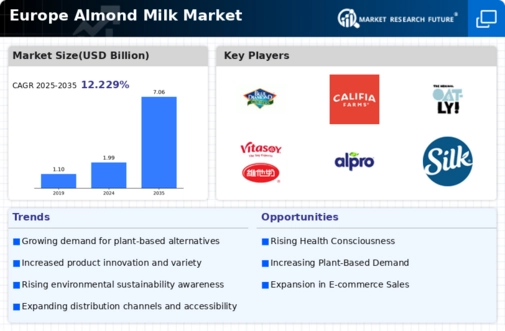

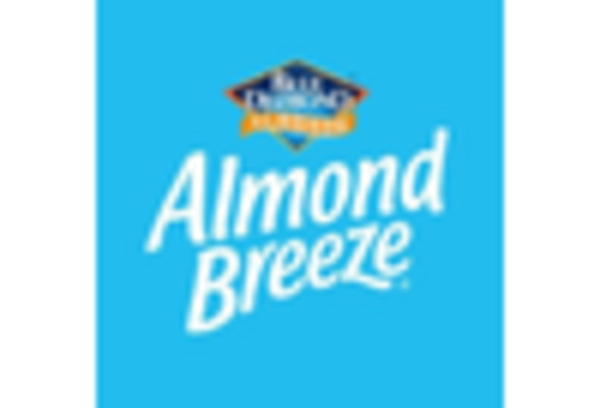
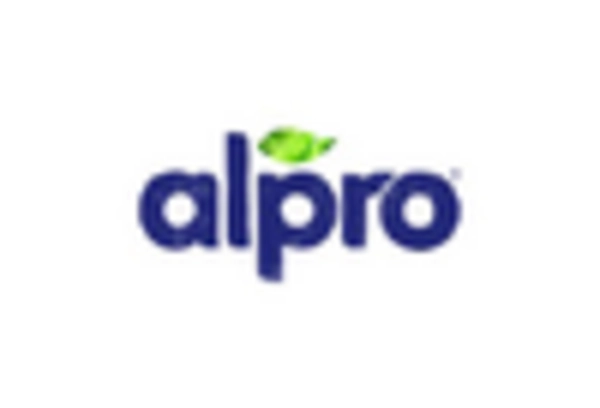
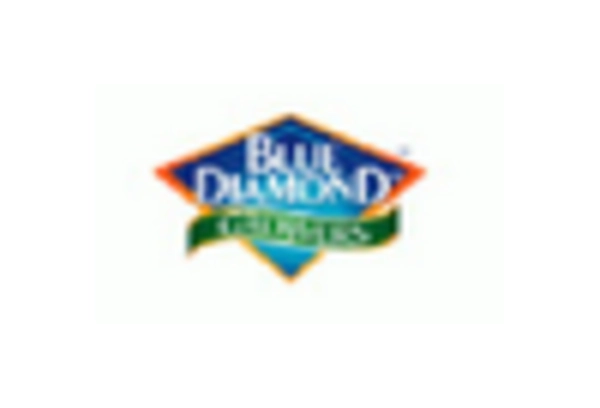

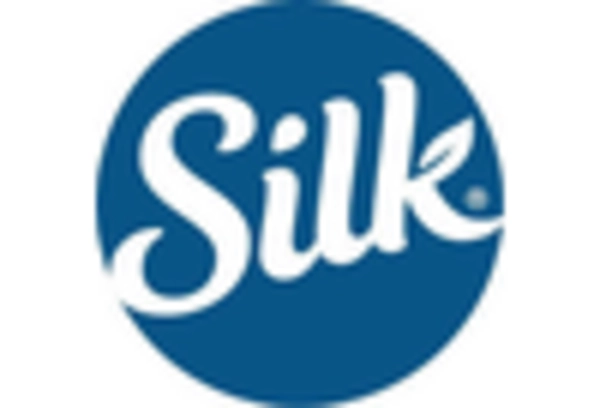
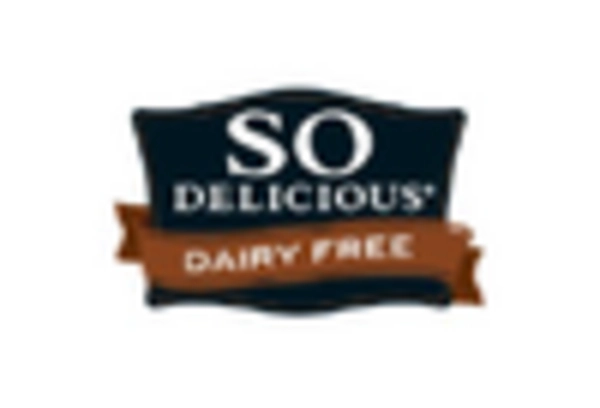








Leave a Comment